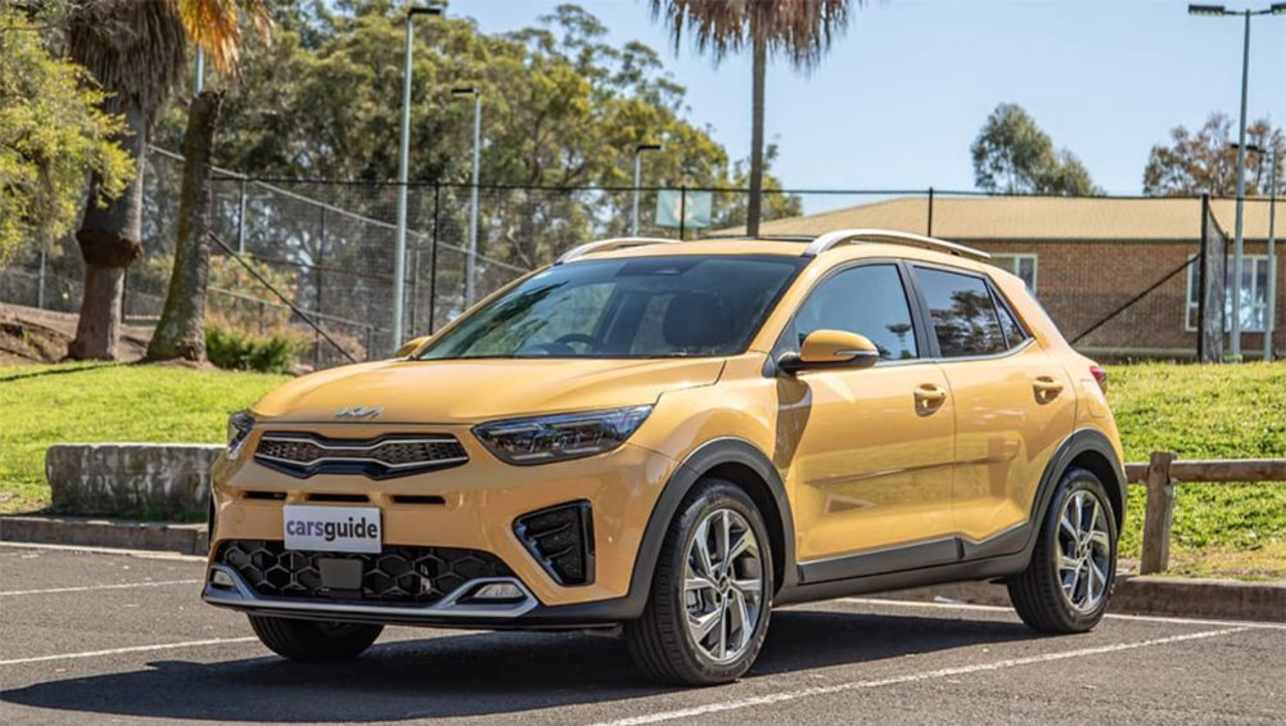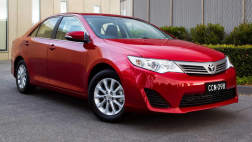It's just a little under two years until the production line at Broadmeadows shuts down for the final time. How ironic, then, to be reminded this week that it's 100 years since Henry Ford invented the moving production line as we know it today in the motor industry.
Australia's very last Ford Falcon is scheduled to be built in September of 2016, provided that sales - which improved slightly last month - justify the spending needed to keep the Falcon, Falcon ute and Territory moving down the line.
Ford Australia says everything is tracking "to plan" for the moment, but it's interesting to contrast the plan for Australia with the rest of the world. Right now, the build rate at Broadmeadows is 146 cars a day. Compare that with a global build rate that means 16 vehicles are finished every single minute of every day, a pace that puts the blue oval brand on track to build more than six million vehicles in 2013.
While Australia is headed for a production shutdown, Ford is still investing heavily in new production facilities. But those plants are - not surprisingly - in Russian, China, Romania, Thailand, Brazil and India. Building cars in any and all of those countries is cheaper than doing business in Australia, and there is growing demand for anything that allows people to graduate from bicycles and buses to their own car.
The new-age factories are also based on producing four different models of vehicle, not two like Broadmeadows, with a target to improve efficiency by more than 30 per cent by 2017. So it's no surprise that Broadmeadows has been left behind, and not just because the Falcon is a long way from a first-choice pick for showroom shoppers.
Looking back, Henry Ford's work on the moving production line was arguably the single biggest breakthrough in the history of motoring. His assembly line - which was partly modelled on the disassembly lines used in abbatoirs - allowed cars to be built more quickly, more easily, with far greater accuracy, and at an affordable price.
There are plenty of good stories about the Model T production line, but my favourite one is about the packing crates used to carry engines to the line. Instead of being thrown away or burned, the crates were then broken down and used for floorboards in the cars - not to cut waste but because old Henry knew it was cheaper.
This reporter is on Twitter: @paulwardgover



.jpg)
.jpg)



.jpg)
.jpg)
.jpg)


.jpg)



.jpg)









.jpg.jpg)


Comments